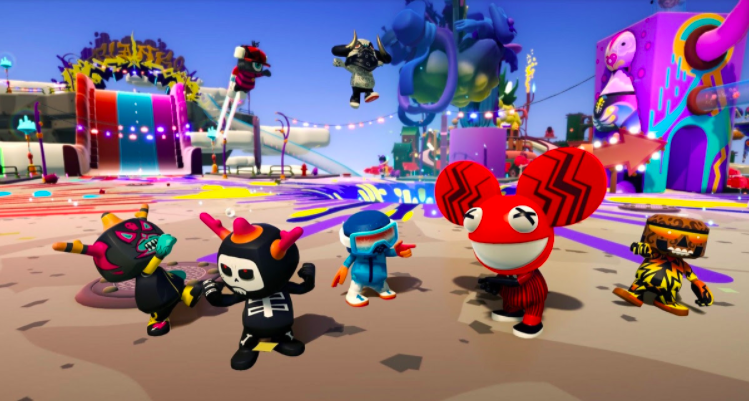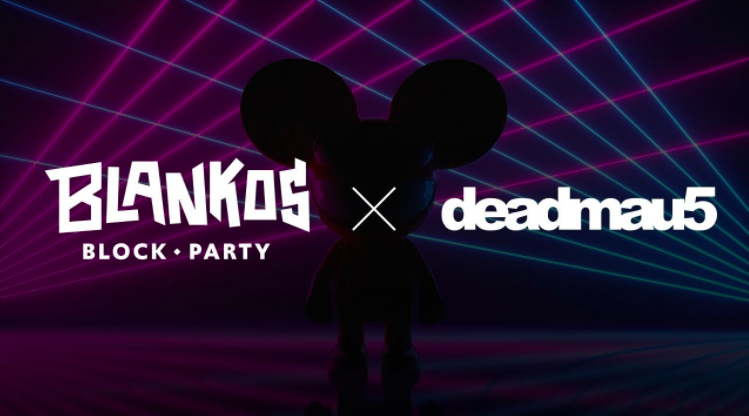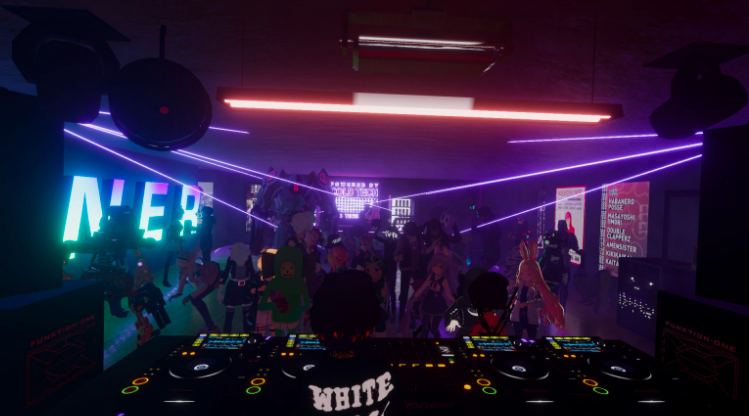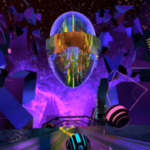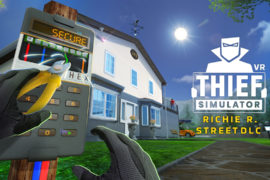The question of how artists, brands, and fans will function in the metaverse is one that hasn’t been answered yet.
What’s the best way for each of these parties to function in the metaverse and reach their audiences?
“This new medium is one that presents a really exciting opportunity for many different parts of culture whether it’s artists, brands, or fans— they all have a role to play,” says Inder Phull, co-founder and CEO of PIXELYNX— a new gaming venture co-founded by Joel Zimmerman (deadmau5) and Richie Hawtin (Plastikman).
During his previous role at Graphite Music as Head of Music and Gaming, Phull was well situated to watch these industries converge. There’s enormous opportunity for innovation at this intersection, but as ever with innovation, it’s a complex puzzle to develop the language, methodologies, and work ethics that evolve with it.
A THRIVING ECOSYSTM FOR NEW BUSINESS VENTURES
As we speak, Phull identifies three core pillars of opportunity where technology and social trends are converging:
- NFTs and Digital Collectibles as a new asset class.
- Gaming and how NFTs can have in-game utility to fuel mass adoption.
- Virtual Worlds, where new economies and fan bases are emerging.
He compares what’s happening now with virtual worlds to the early days of the internet. We talk about how Facebook has made it easy for everyone to set up a social media account, similar to how Shopify made it easy for everyone to set up a digital storefront.
“We see virtual worlds as a part of the next evolution the internet is moving towards,” says Phull, “3D environments and spaces are just more immersive. On the one hand, you have social environments and digital concert venues, and on the other, the digitization of shops.”
“Collectively we see that as being the portal to the metaverse where we’ve got new types of asset classes, which are NFTs,” he adds, “You have this kind of interoperability of NFTs and how they could work in-game, starting with integrations and then wrapping it all together with virtual experiences.”

FANDOM ON THE BLOCKCHAIN
As our conversation steers from present to future, we talk about the opportunity of NFTs, blockchain, and virtual worlds and what this means for artists in the long term.
“I think the idea of selling a JPEG for 500K is cool, but it’s not really the point or power of NFTs,” says Phull, “More importantly, what does this mean for you as an artist, as a creator? What does this mean for your fans? How do they engage? How does this change your relationship with the fan overtime where they potentially end up having ownership in your art in a different way?”
“Generally speaking virtual spaces are where people can start building audiences, and then reaching new fans,” he adds, “It’s all about the fan engagement side of things. You can monetize that in a ton of different ways down the line, but first, it’s about figuring out how these NFTs have some form of utility that will appeal to the general fan. Then you can build a really interesting long-term strategy around it.”
BARRIERS TO ENTRY: IT’S COMPLICATED
Even with market and creator optimism, there are a number of challenges to overcome as artists, brands, and fans find their way in the metaverse.
INTEROPERABILITY
“The format of content is very different across each medium. So there’s this challenge of designing assets for numerous spaces and being able to do that at scale,” says Phull.
“Many people that I’m speaking with believe AI will have some sort of role in asset conversion,” he adds, “How do you create an item that could technically work in a number of different formats? What we’re getting into more is protocols and standards. That’s the biggest question mark right now. We have all these tools but the file formats need to speak to each other.”
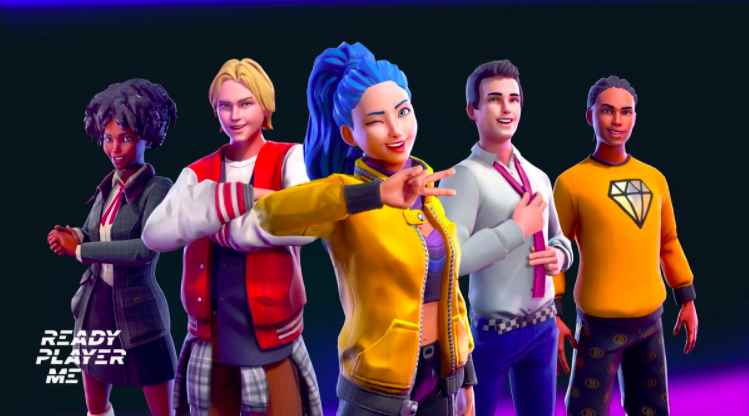
ACCESSIBILITY
From his experience working with platforms like Decentraland, Somnium Space, and Sandbox, Phull says, “What’s interesting about these platforms is that they still make it very difficult for the general consumer. As much as these metaverse blockchain-based worlds are interesting, they have such a long way to go to create a UX for someone who doesn’t know anything about it. A part of the next stage of this evolution is taking away some of the layers that make it quite complex for someone to wrap their head around.”
AUGMENTED REALITY & VIRTUAL REALITY
When it comes to AR and VR, Phull says, “Many people talk about how screens are the biggest things that hold us back from really experiencing content at the next level, so AR and VR just make sense. They’ll play one of the most important roles in this transition, that’s a given!”
“The biggest challenge right now with AR and VR is that the cost to develop is astronomical in comparison to other formats,” he adds, “There’s this educational period we’re going through now for more people to be able to design in these environments, and for the accessibility of these skills. That process takes time.”
So far, PIXELYNX has primarily done brand activations and events with their in-house team (deadmau5 and Richie Hawtin), but Phull says they’ll be announcing new artist collaborations over the next few months.
BUILDING THE METAVERSE: MONOPOLY OR MOSAIC?
Today, gaming is a $100 billion market, 8x the size of the recording music industry (Visual Capitalist). In the first six months of 2021, $60 billion of investment has been poured into the game industry, with many investments at the intersection of NFTs and massively multiplayer online games (source).
In my article on The Metaverse: What it Might be and Who’s Going to Make it, I explored the complexities of the evolving ecosystem, visions of the metaverse, who will create it, and when this might happen.
Even since the article, the metaverse has advanced. Startups are emerging to tackle the high barriers to entry such as tech stack, interoperability, cost, and accessibility. It’s only a matter of time as companies are working together to combine unique solutions that will power a new digital ecosystem.
Building the future is a collective process. Tools need to be made available to make these platforms accessible to more than just large brands, big artists, and big budgets. This means creating a supple platform for agile development and forging strong partnerships that will power an exciting portal between this world and the virtual ones.
Feature Image Credit: PIXELYNX
The post Artists, Brands, And Fans In The Metaverse appeared first on VRScout.
